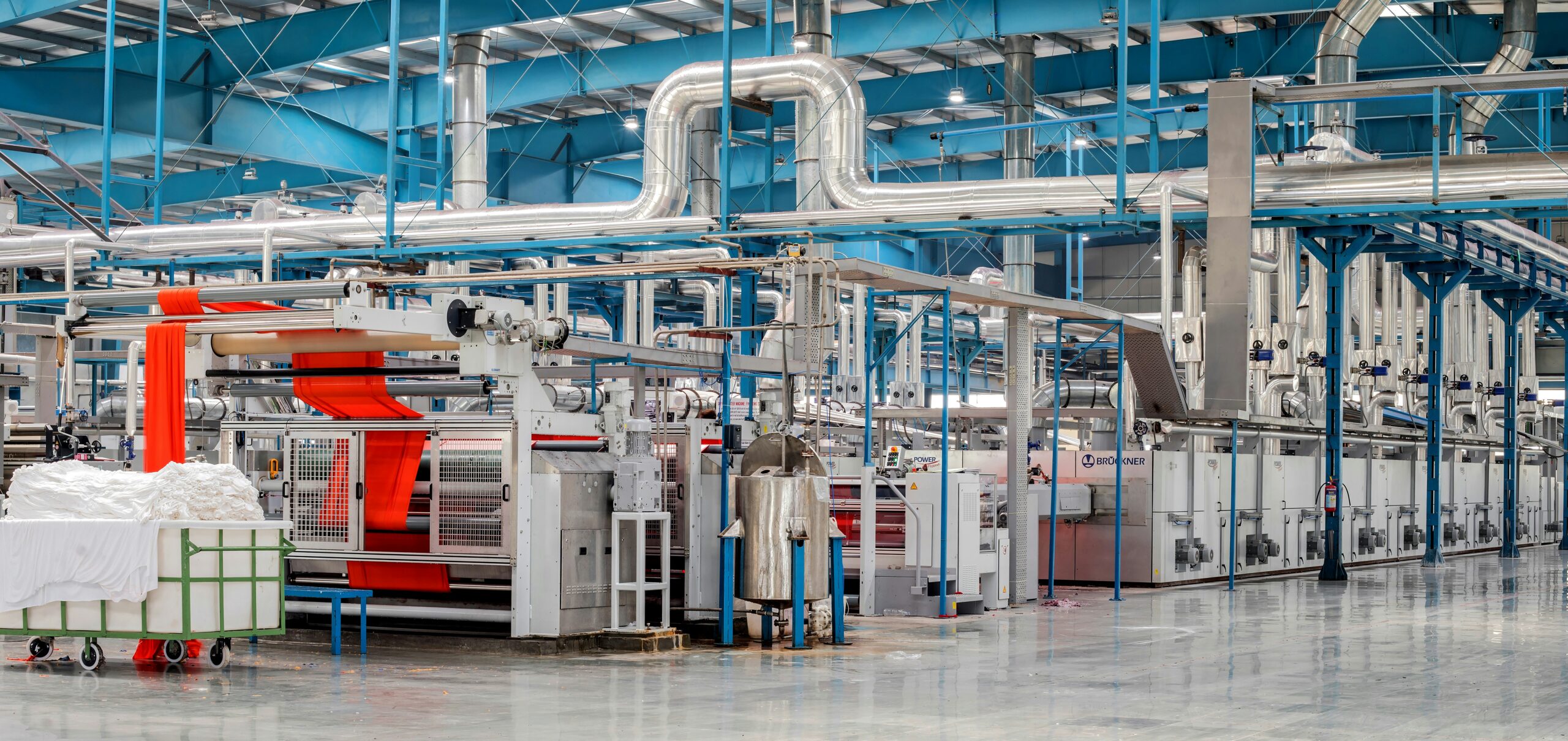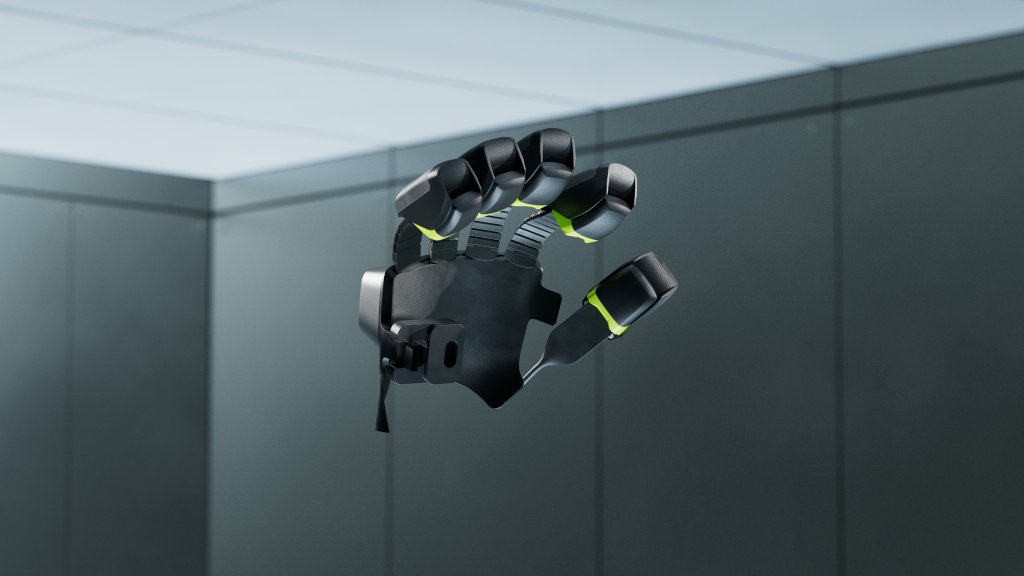
Human Augmentation technologies are reshaping the relationship between people and machines.
According to Fortune Business Insights, the global market is expected to grow from USD 201.6 billion in 2024 to USD 885.9 billion by 2032, registering a CAGR of 20.3%【1】.
Persistence Market Research reports even higher figures — over USD 1.1 trillion by 2032 — driven by strong expansion in healthcare, industry, and sportech【2】.
This is no longer automation. It is Physical AI: a form of embodied intelligence that perceives, reacts, and interacts with the human body and its environment — turning efficiency into collaboration.
It marks the new frontier of innovation, where biology, mechatronics, and artificial intelligence converge to enhance rather than replace human capabilities.
Human Augmentation is becoming a strategic axis for global competitiveness.
Analysts estimate an average annual growth rate between 15 and 20 percent, powered by four macro-drivers:
These dynamics make Human Augmentation a cornerstone of the human-centric industry transition.
As the World Economic Forum notes, the future of work will not be automated but augmented: humans remain central, machines become amplifiers of human intelligence and skill.
In healthcare, Human Augmentation is already a reality.
Rehabilitation exoskeletons, bionic prosthetics, and brain-computer interfaces (BCIs) are restoring movement and independence to patients.
McKinsey & Company ranks wearable robotics among the ten technologies with the greatest potential to improve global health by 2040【3】.
One emblematic case comes from EPFL – École Polytechnique Fédérale de Lausanne, where in 2023 researchers successfully reconnected a paraplegic patient’s brain and spinal cord through an AI-controlled digital bridge, allowing the man to walk again【4】.
This breakthrough demonstrates how the convergence of AI, neuro-electronics, and robotics is redefining rehabilitative medicine.
Beyond the human dimension, the economic impact is tangible: lower long-term care costs, improved patient autonomy, and better quality of life.
For healthcare systems, it represents a paradigm shift — technology as an enabler of independence and inclusion.
In factories and logistics hubs, Human Augmentation is breaking down the boundary between strength and intelligence.
AI-powered industrial exoskeletons reduce physical strain while increasing safety and operational continuity.
The Exia model by German Bionic is the first AI-augmented exoskeleton: it captures billions of biomechanical data points, learns from user movements, and delivers up to 38 kg of adaptive lifting assistance【5】.
The concept is that of an augmented workforce — operators equipped with intelligent tools that extend both physical and cognitive capabilities.
The benefits are measurable:
Across Europe, this approach aligns with the Industry 5.0 vision, which places people at the center of the production process by combining technology, safety, and sustainability.
Physical AI therefore becomes a lever for a responsible, human-driven manufacturing ecosystem.
In the sports sector, Human Augmentation takes the form of intelligent footwear and wearable systems that optimize movement and performance.
A striking example is Nike Project Amplify, the company’s first concept of powered-propulsion footwear【6】.
The project is still in early testing, and to reach adequate performance levels Nike is drawing from both art and science, experimenting with biomimetic design and mechatronic systems inspired by human locomotion.
The shoes integrate motion sensors, micro-actuators, and control algorithms that synchronize propulsion with the user’s stride, reducing fatigue and improving stability.
In essence, they apply the same principle of progressive assistance as e-bikes: mechanical energy becomes an extension of the human gesture.
Beyond athletics, this technology opens perspectives in rehabilitation and assisted mobility, where comfort, accessibility, and performance merge into a single technological platform.
For companies and research centers, Sportech is emerging as an ideal laboratory for consumer-scale Physical AI, where robotics, sensing, and design converge to amplify the human body.
It is also a domain where e-Novia has built solid expertise in developing wearable systems and intelligent devices that transform scientific research into tangible industrial value.
Physical AI enhances not only human strength but also perception.
Haptic interfaces translate digital reality into real physical sensations, bringing touch back to the center of the user experience.
Weart, part of the e-Novia ecosystem, has developed the TouchDIVER Pro glove, capable of reproducing force, texture, and temperature with remarkable fidelity【7】.

Based on micro-actuators and integrated thermal sensors, the system synchronizes tactile feedback in real time with virtual or extended-reality environments.
The result is immersive interaction: users can feel a material, sense pressure, or test an interface before it exists physically.
In industrial training, this technology can reduce onboarding time by up to 40% and cut early-stage errors significantly.
In product design, it allows teams to validate prototypes within XR environments, shortening development cycles and lowering prototyping costs.
It’s no coincidence that Weart was selected as a flagship example of Italian excellence for the Italy Pavilion at Expo 2025 Osaka.
The concept of Physical AI represents the fusion of intelligent automation and human interaction.
Unlike traditional robotics, these systems embed edge AI, sensor fusion, and adaptive learning, enabling real-time responses.
It marks a shift from deterministic automation to collaborative, context-aware intelligence.
Strategic and ethical implications
In short, Physical AI moves innovation from task automation to cognitive and physical collaboration between humans and machines.
Turning a Human Augmentation concept into a scalable product requires a disciplined approach.
e-Novia applies a four-stage framework that links technological validation with measurable industrial outcomes.
Through this method, e-Novia bridges research, engineering, and business, bringing Physical AI from laboratories to the market.
It enables enterprises to evolve from innovative concept to measurable competitive advantage.
Human Augmentation technologies represent one of the most transformative industrial revolutions of the coming decade.
From rehabilitation to design, from ergonomics to athletic performance, Physical AI is reshaping the very nature of work and productivity.
It embodies the meeting point between science, technology, and human value — redefining what “useful innovation” truly means.
Those who integrate these solutions today will build the competitive advantage of tomorrow, in a world where technology does not replace humans but amplifies them.
👉 Discover how to integrate Physical AI into your products and processes.
References